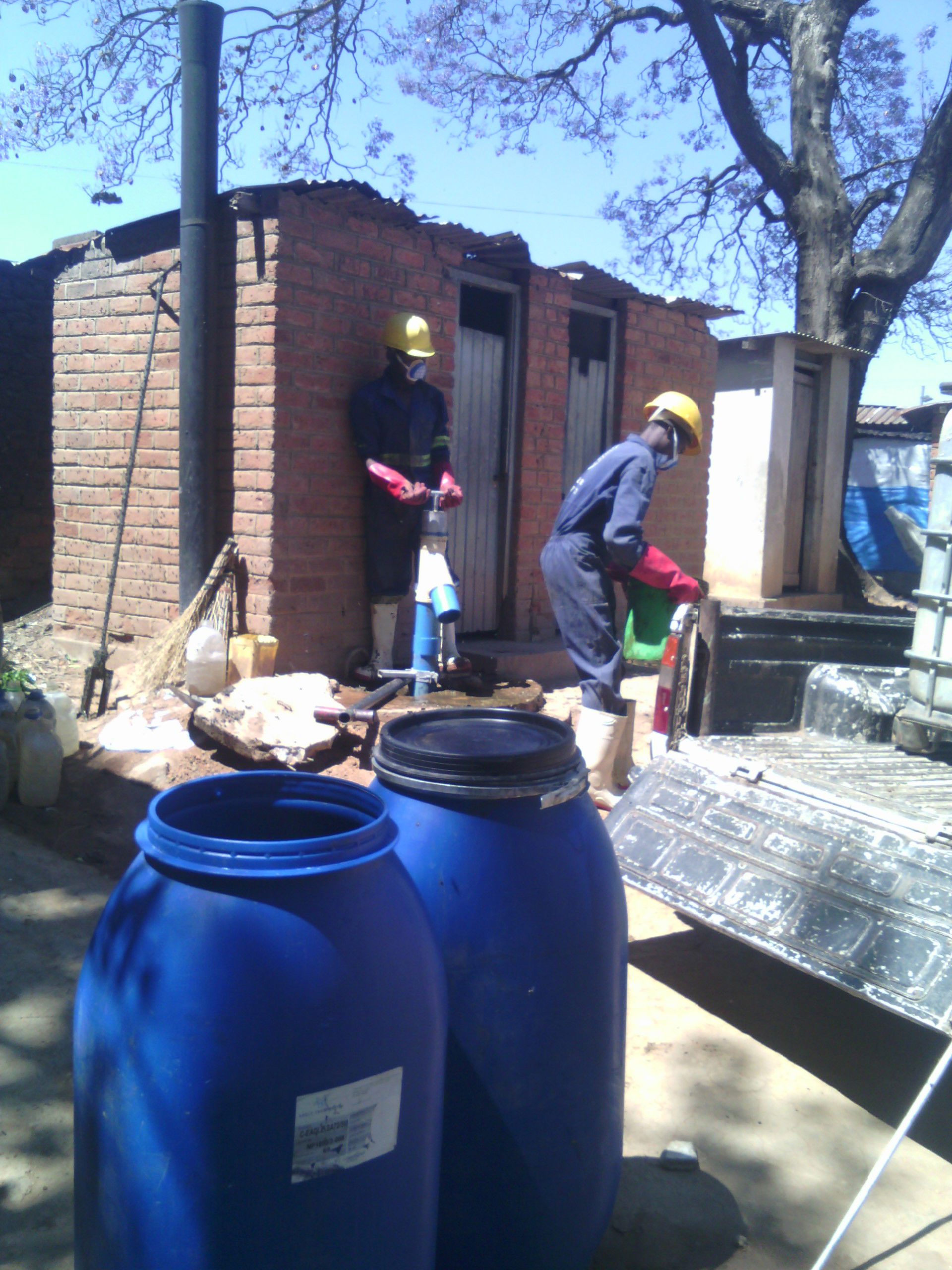What happens when toilets become full in densely populated areas

Blantyre with a highest population of people living in low-income areas has over 90% relying on on-site sanitation systems. The most common ones are ordinary pit latrines; lined, unlined ventilated pit latrines and septic tanks. Some of these structures are very old dilapidated and usually full. Most of these challenges are common in unplanned settlements (slums) where urban poor and most middle-income earners stay. Such areas lack access routes to allow utilisation of mechanized pit latrine emptying systems, which is the most preferred technology. As a result, feacal sludge collection efficiency is still below 50%. Mechanical emptiers collect the largest volume followed by gulping entrepreneurs who collect a small percentage of sludge per day. This excludes manual emptiers since they do not deliver the sludge to treatment plants.
Manual emptying has been common in Peri-urban areas where feacal sludge is either buried on site or poured in storm water drains during rainy season. As a solution to the above challenges, Royal Sanitation Solutions has been promoting the gulper technology in Blantyre and other parts of Malawi. The primary focus has been the utilization of Manual hand operated technologies appropriate for unplanned areas, which are not provided with pit latrine emptying services by mechanical emptiers due to congestion and poor road networks.